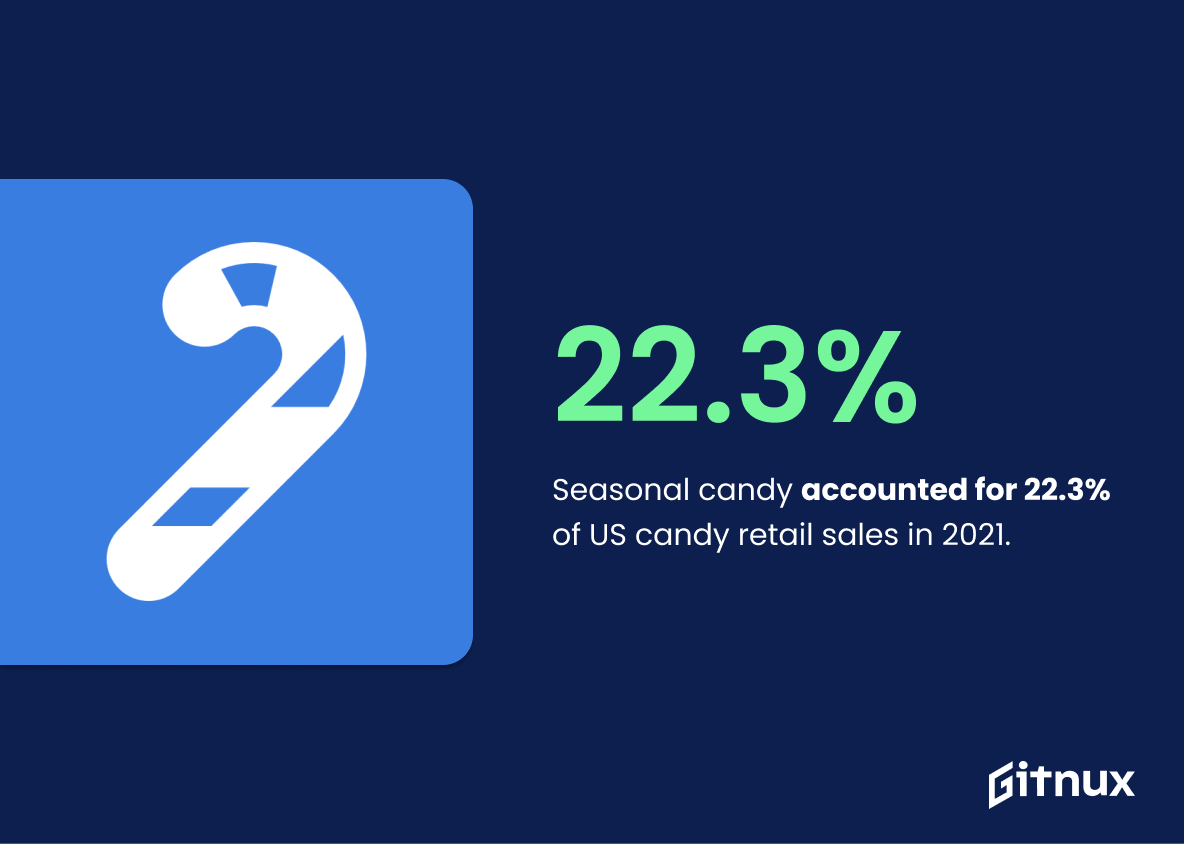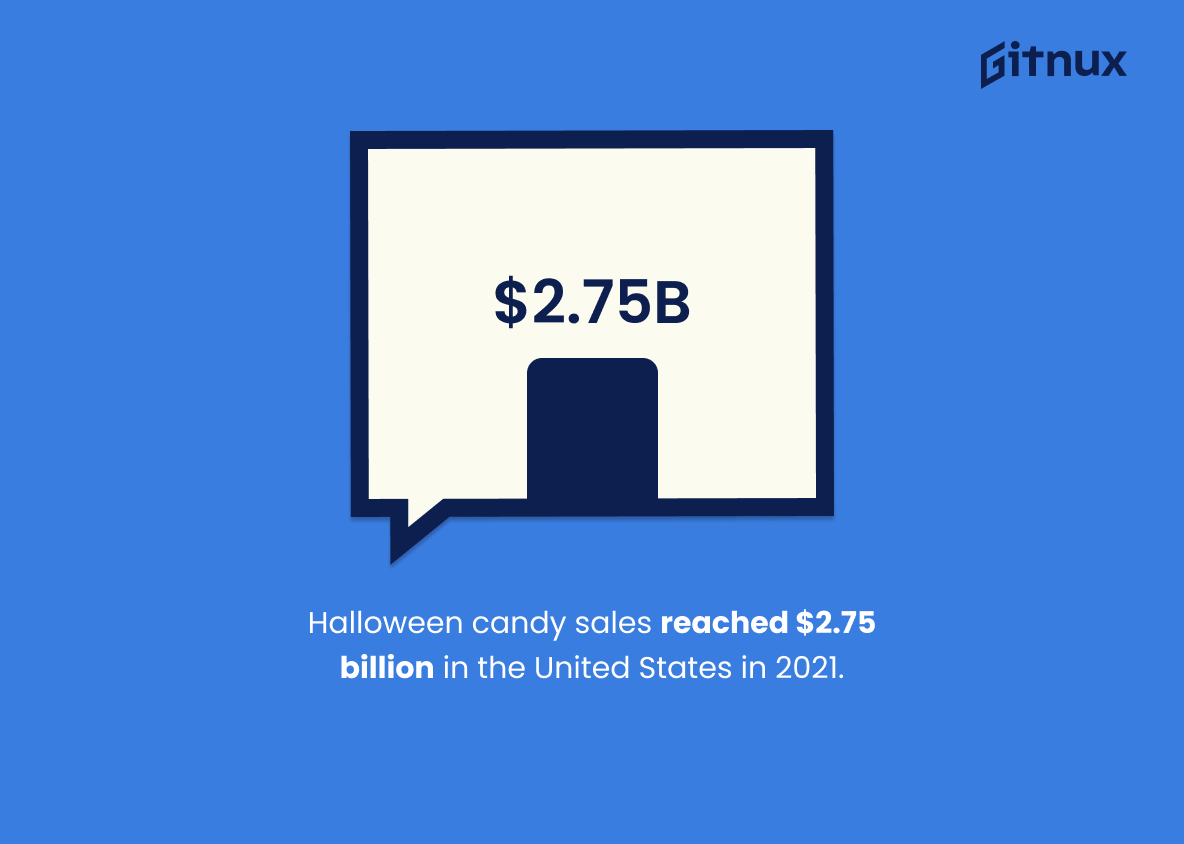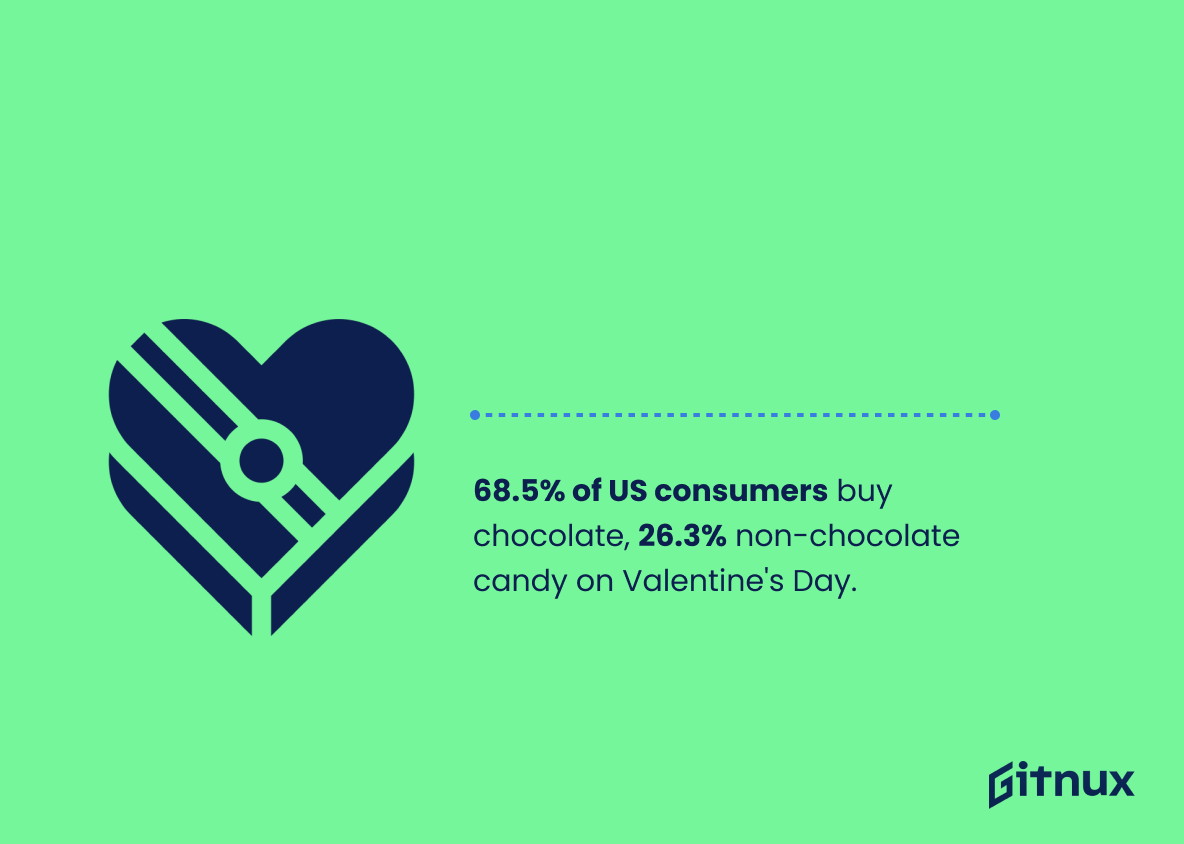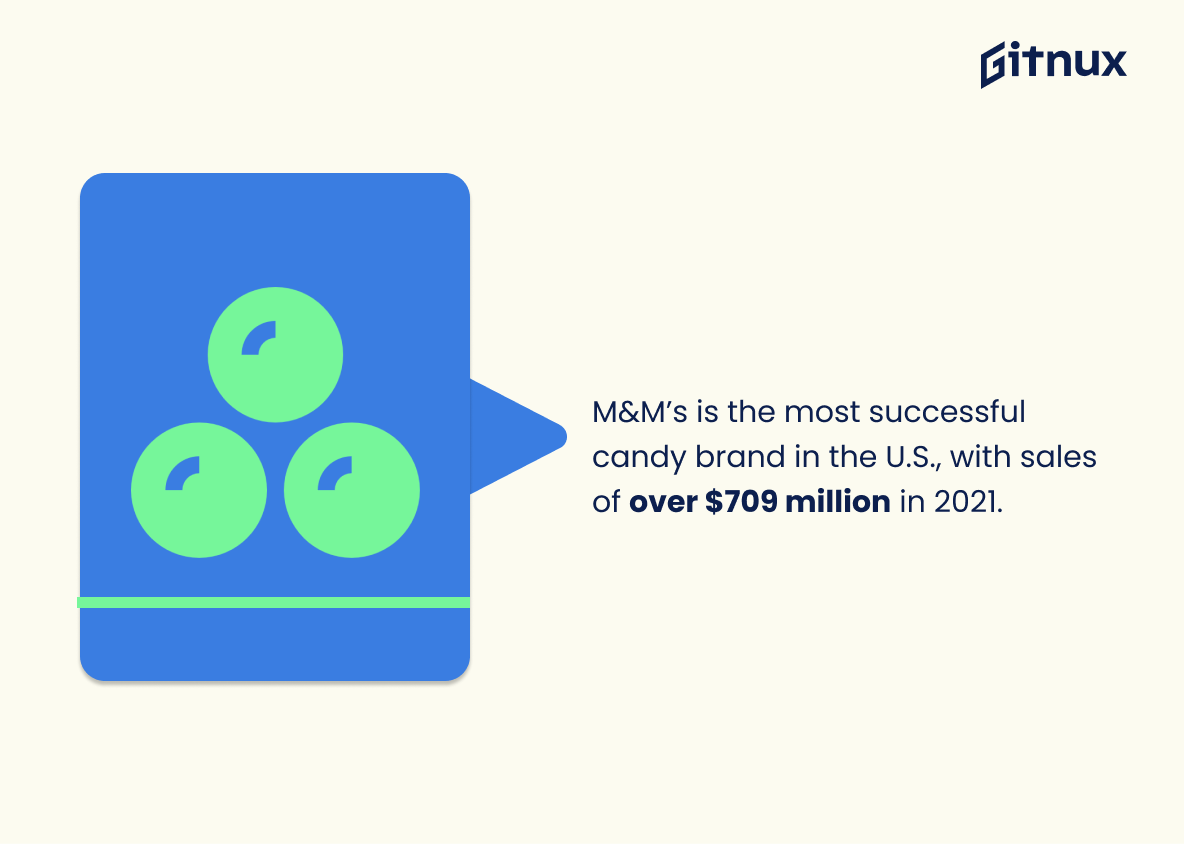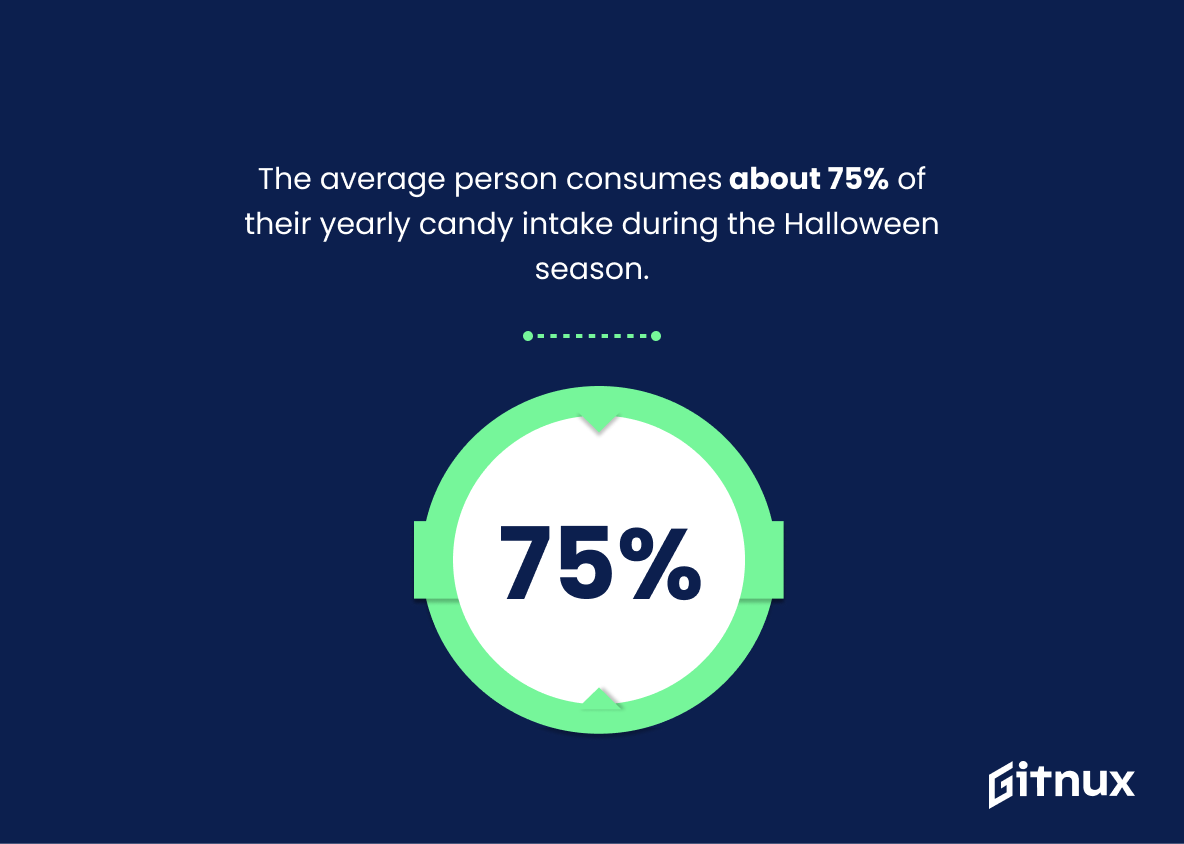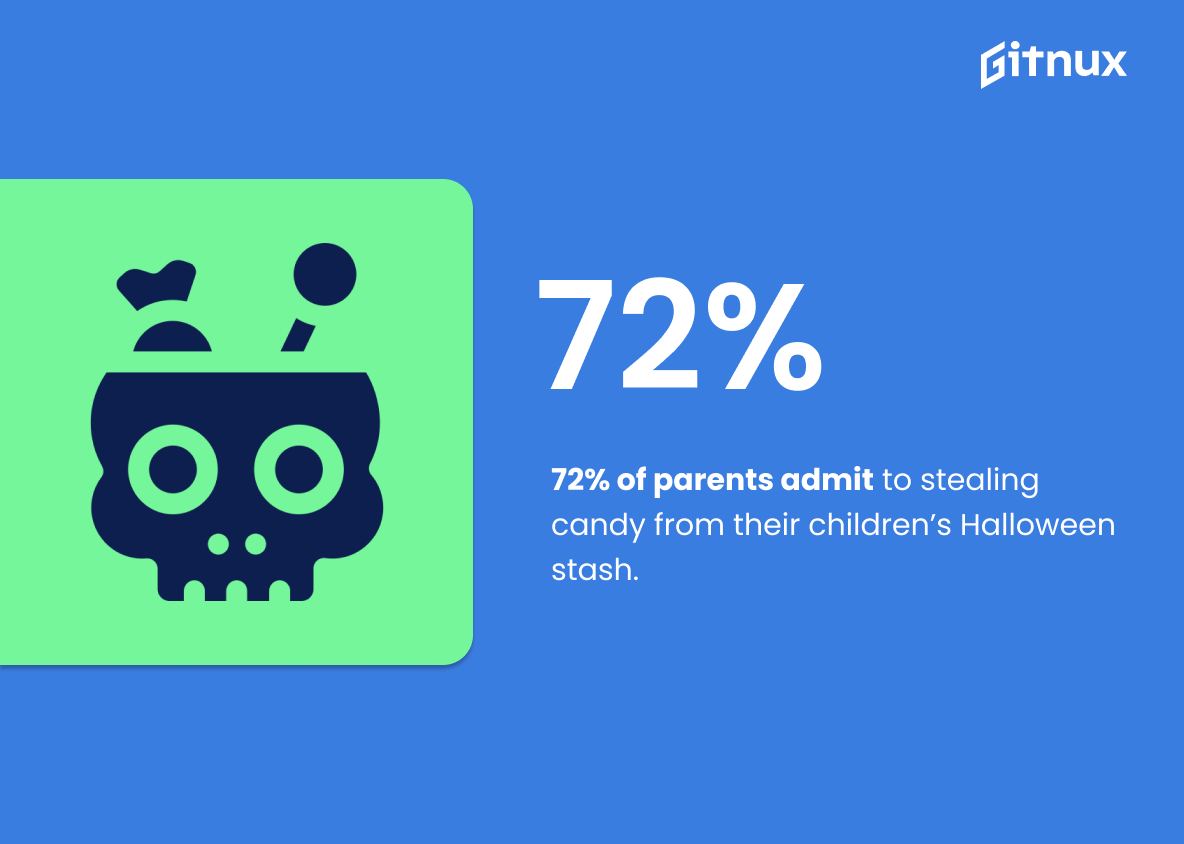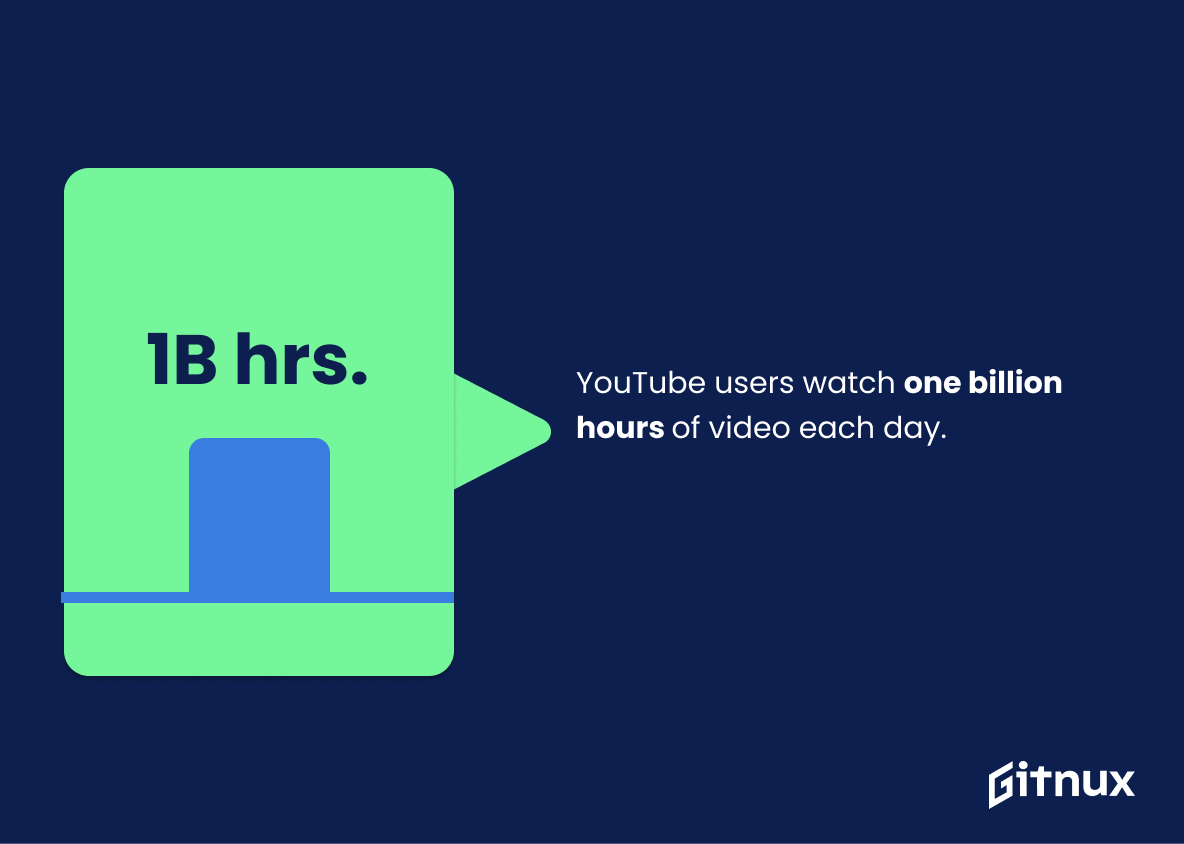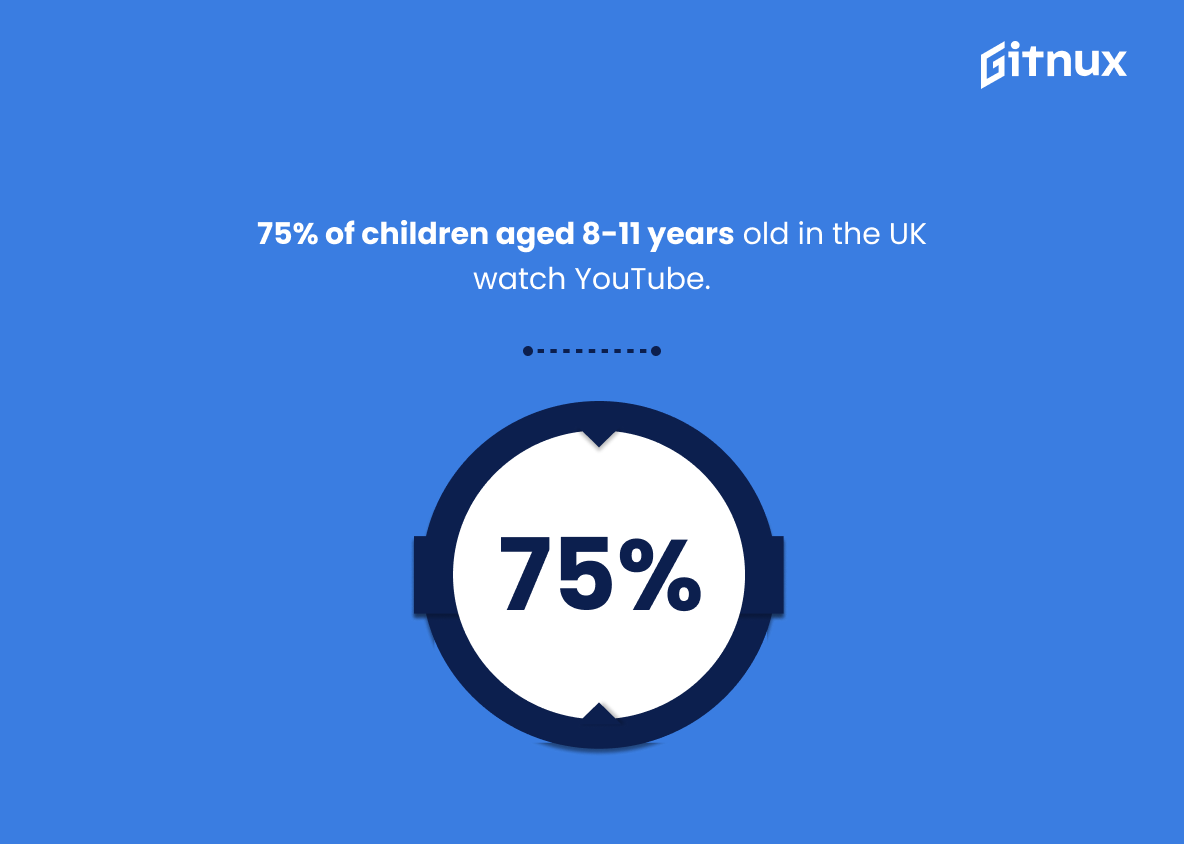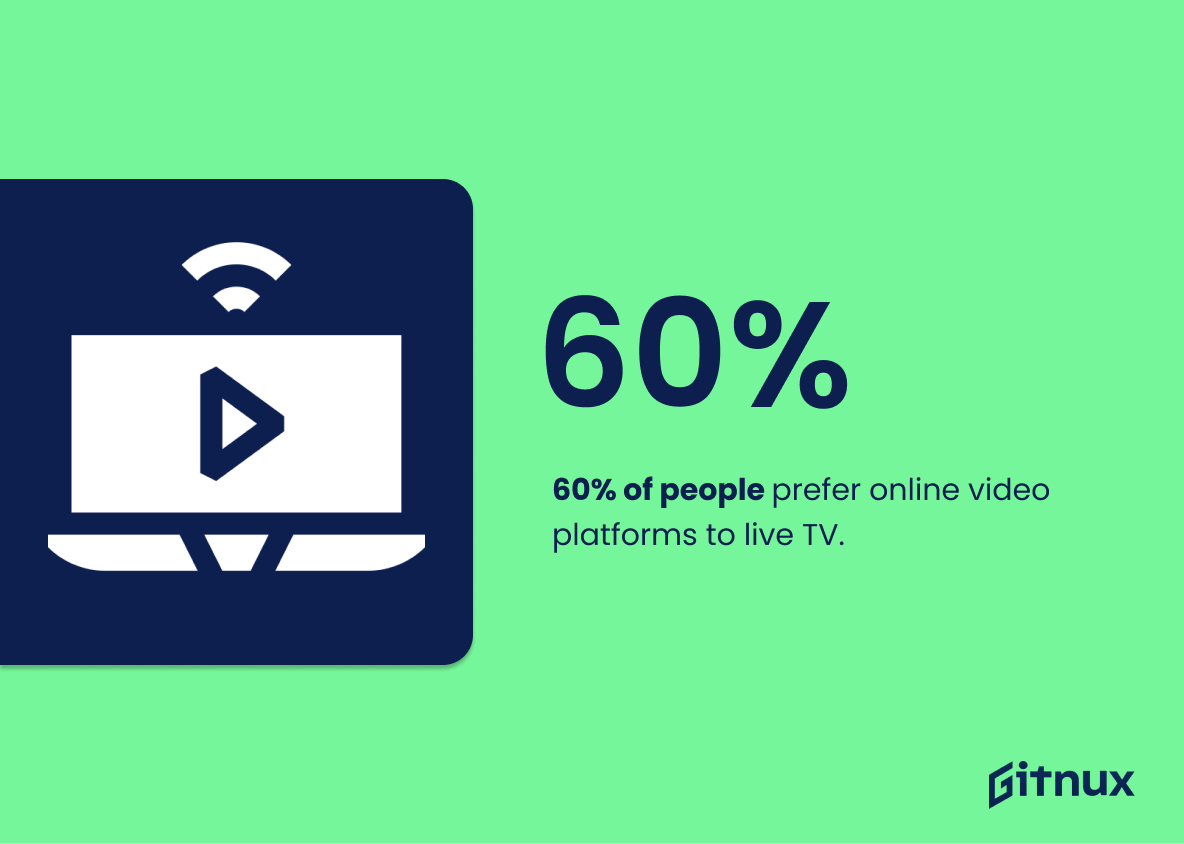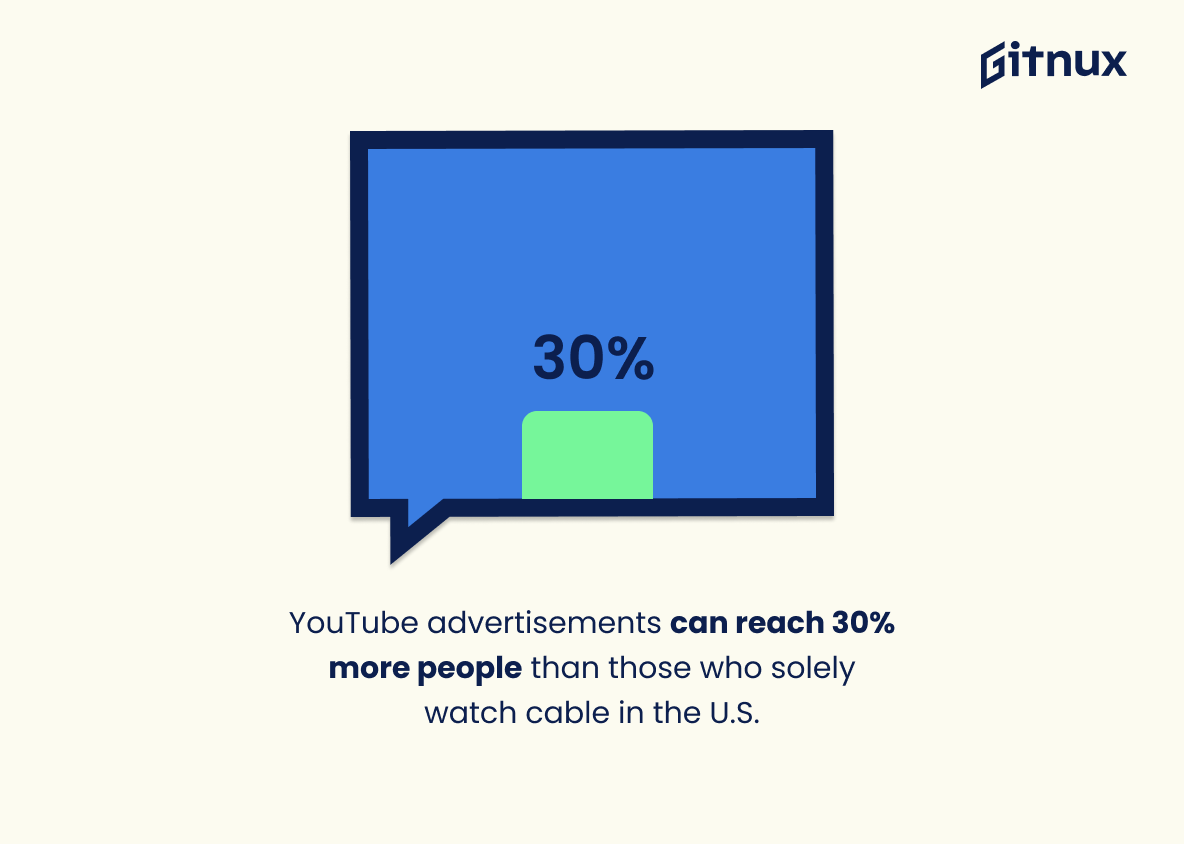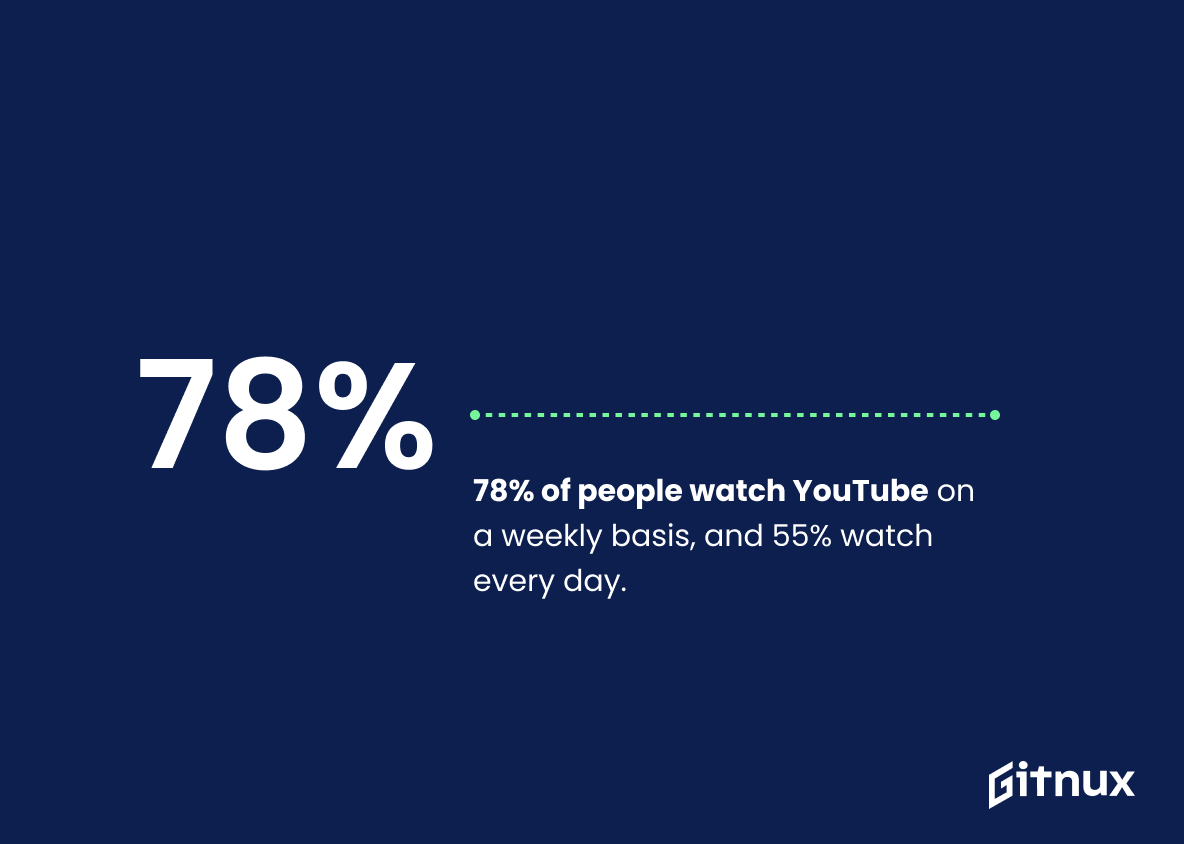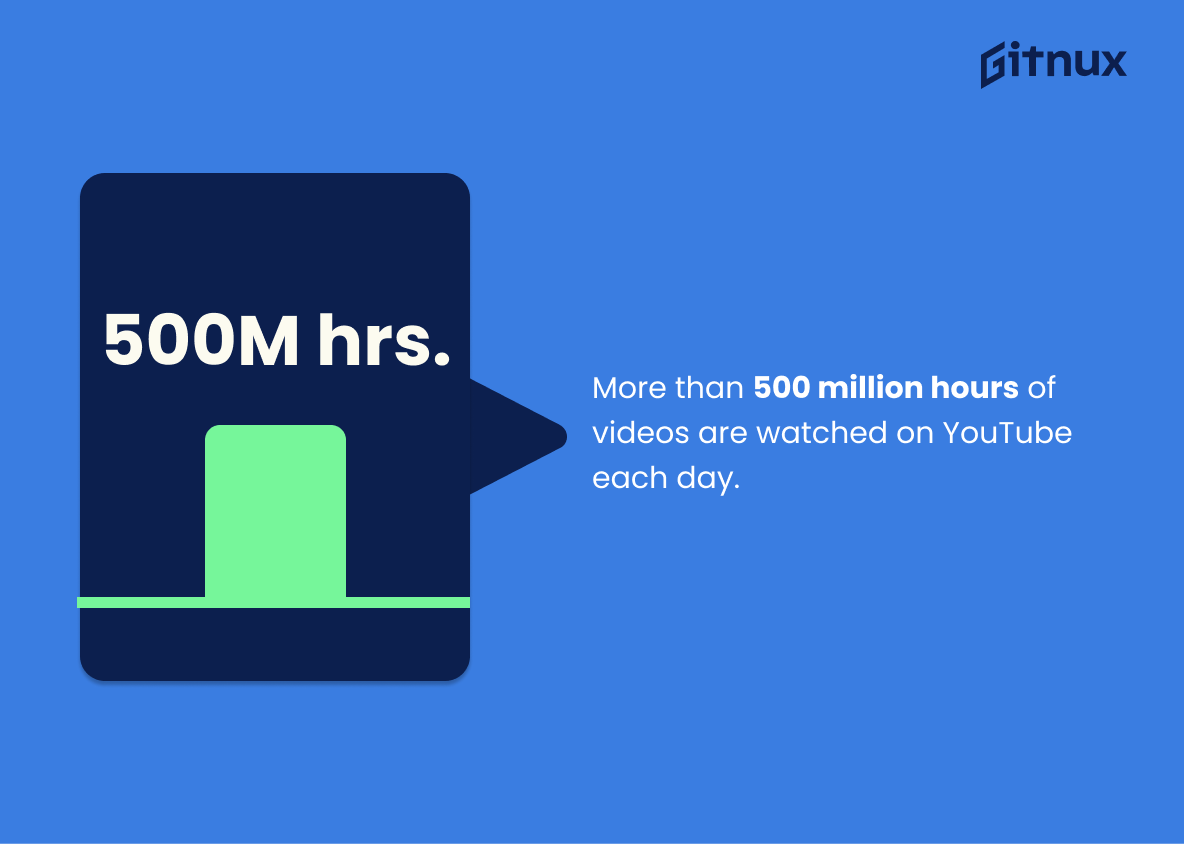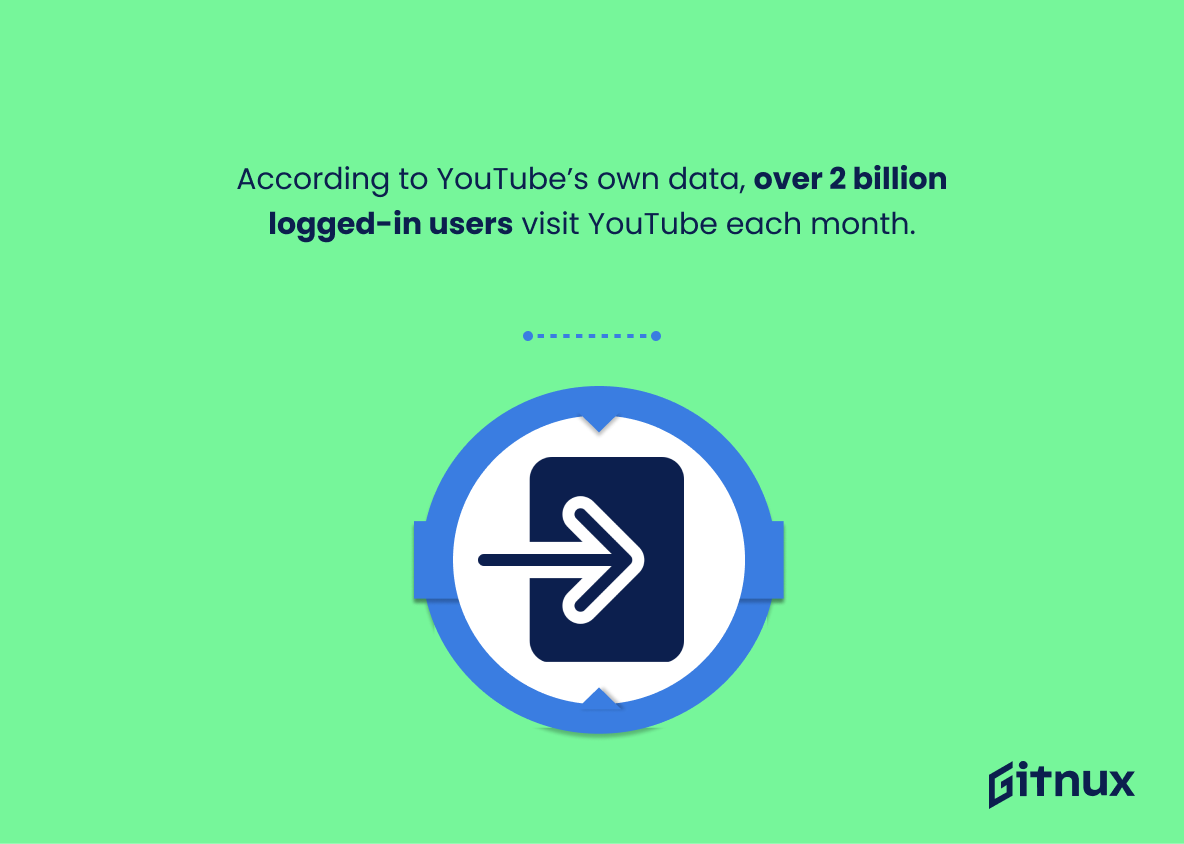Candy is a beloved treat enjoyed by people of all ages around the world. From chocolate to gummy bears, candy has become an integral part of our lives and culture. But how much do we really know about this sweet indulgence? To help answer that question, here are 20 interesting statistics on the global candy market:
This statistic is a testament to the immense popularity of candy in the United States. It shows that the U.S. is a major player in the global candy market, and that candy is a beloved treat for many Americans. This is an important point to make in a blog post about candy statistics, as it demonstrates the significance of candy in the U.S. and around the world.
Chocolate candy makes up 60% of US candy retail sales.
This statistic is a testament to the immense popularity of chocolate candy in the US. It shows that chocolate candy is the most sought-after type of candy in the country, accounting for the majority of candy retail sales. This is an important piece of information for anyone interested in the candy industry, as it provides insight into the preferences of US consumers.
Candy Statistics Overview
Seasonal candy accounted for 22.3% of US candy retail sales in 2021.
This statistic is a testament to the enduring popularity of seasonal candy. It shows that even in the face of changing tastes and trends, seasonal candy remains a staple of the US candy retail market. This is an important insight for anyone interested in the candy industry, as it highlights the importance of seasonal candy in the overall market.
Halloween candy sales reached $2.75 billion in the United States in 2021.
This statistic is a testament to the immense popularity of Halloween candy in the United States. It shows that Americans are willing to spend a significant amount of money on candy for the holiday, indicating that it is an important part of the celebration. This statistic is also a great indicator of the overall health of the candy industry in the US, as it shows that people are still buying candy despite the economic downturn caused by the pandemic.
Around 68.5% of US consumers purchase chocolate candy, and 26.3% purchase non-chocolate candy on Valentine’s Day.
This statistic is a sweet reminder of the importance of candy on Valentine’s Day. It shows that chocolate and non-chocolate candy are both popular gifts for the holiday, with the majority of US consumers opting for chocolate. This information can be used to inform businesses about the types of candy they should stock up on for the holiday season, as well as to inform marketing strategies for candy companies.
M&M’s is the most successful candy brand in the United States, with sales of over $709 million in 2021.
This statistic is a testament to the enduring popularity of M&M’s as a candy brand in the United States. It speaks to the brand’s ability to remain relevant and appealing to consumers, even in the face of stiff competition from other candy brands. It also highlights the importance of understanding consumer preferences and trends in order to remain successful in the candy industry.
The average person consumes about 75% of their yearly candy intake during the Halloween season.
This statistic is a sweet reminder of the importance of Halloween in the candy-eating world. It highlights the fact that the Halloween season is a major time for candy consumption, with the average person consuming a whopping 75% of their yearly candy intake during this spooky time of year. This statistic is a testament to the power of Halloween and its ability to bring out the sweet tooth in all of us.
72% of parents admit to stealing candy from their children’s Halloween stash.
This statistic is a telling indication of the prevalence of candy-stealing among parents. It highlights the fact that, despite the best intentions of parents to provide a healthy and balanced diet for their children, the temptation of sweet treats can be too much to resist. This statistic is a reminder that, when it comes to candy, moderation is key.
Candy corn is the top-selling Halloween candy, with roughly 35 million pounds produced each year.
This statistic is a testament to the enduring popularity of candy corn as a Halloween treat. It shows that, year after year, candy corn remains a favorite among trick-or-treaters and candy lovers alike. This statistic is a great starting point for a blog post about candy statistics, as it provides a baseline for comparison with other popular Halloween treats.
97% of U.S. households purchase snacking chocolate.
This statistic is a powerful indicator of the prevalence of snacking chocolate in the United States. It shows that the vast majority of households are indulging in this sweet treat, making it a major part of the American diet. This statistic is important to consider when discussing candy statistics, as it provides insight into the popularity of snacking chocolate and its impact on the candy industry.
23% of confectionery sales by sales channel in 2022 in the United States come from supermarkets.
This statistic is a telling indication of the importance of supermarkets in the confectionery market in the United States in 2022. It shows that supermarkets are a major source of candy sales, and that they will likely remain a key player in the industry for years to come. This is an important insight for anyone interested in the candy industry, as it provides a valuable glimpse into the future of the market.
Sales of organic candy products increased by 203% between 2005 and 2009.
This statistic is a clear indication that organic candy products have become increasingly popular over the past few years. It shows that more and more people are choosing to purchase organic candy products, which is a positive sign for the industry. This trend could be due to a variety of factors, such as an increased awareness of the health benefits of organic products, or a growing preference for organic products over conventional ones. Whatever the reason, this statistic is an important one for anyone interested in the candy industry.
Gummy bears are the most consumed gummy candy, with over 31% of global sales in the market.
This statistic is significant in the context of a blog post about candy statistics because it reveals the overwhelming popularity of gummy bears. It shows that gummy bears are the most sought-after gummy candy, with a commanding share of the global market. This statistic is a testament to the enduring appeal of gummy bears and their place as a beloved treat.
69% of American adults eat candy for personal enjoyment or relaxation.
This statistic is a telling indication of the prevalence of candy consumption in the United States. It shows that candy is not just a treat for children, but a source of pleasure and relaxation for adults as well. This insight can be used to inform a blog post about candy statistics, providing a valuable perspective on the role of candy in American culture.
Global consumption of sugar confectionery is projected to reach 9.5 million tons by 2025.
This statistic is a clear indication of the growing demand for sugar confectionery, which is likely to have a significant impact on the candy industry. As the demand for candy increases, so too will the need for candy manufacturers to produce more of their products to meet the rising demand. This could lead to an increase in the number of candy-related businesses, as well as an increase in the number of jobs related to the candy industry. Furthermore, the increased demand for candy could also lead to an increase in the prices of candy, which could benefit candy manufacturers and retailers. Ultimately, this statistic is a clear indication of the potential growth of the candy industry in the coming years.
Conclusion
The global candy market is expected to reach $237.95 billion by 2026, with the U.S. accounting for 13% of that share and chocolate making up 60% of retail sales in the country. Seasonal candy accounted for 22.3%, while Halloween alone reached $2.75 billion in 2021 sales, driven largely by M&M’s which was the top-selling brand at over $709 million last year. The average American consumes about 22 pounds of candy each year, with 75% consumed during Halloween season – a time when 72% of parents admit to stealing from their children’s stash.
Candy corn remains king as it accounts for 35 million pounds produced annually; however non-chocolate candies are growing rapidly due to convenience stores and supermarkets driving 21%-23%. Organic products have also seen an increase since 2005 with 203%. Gummy bears remain popular worldwide but Sweden holds the record per capita consumption rate at 35 lbs/year – 69% Americans eat them just because they enjoy it. Global sugar confectionery consumption is projected to hit 9.5 million tons by 2025 showing no signs of slowing down anytime soon.
References
0. – https://www.statista.com
1. – https://www.marketwatch.com
2. – https://www.theshelbyreport.com
3. – https://www.nielsen.com
4. – https://www.candyusa.com
5. – https://www.reuters.com
6. – https://www.eatthis.com
7. – https://www.mintel.com
8. – https://www.abcnews.go.com
